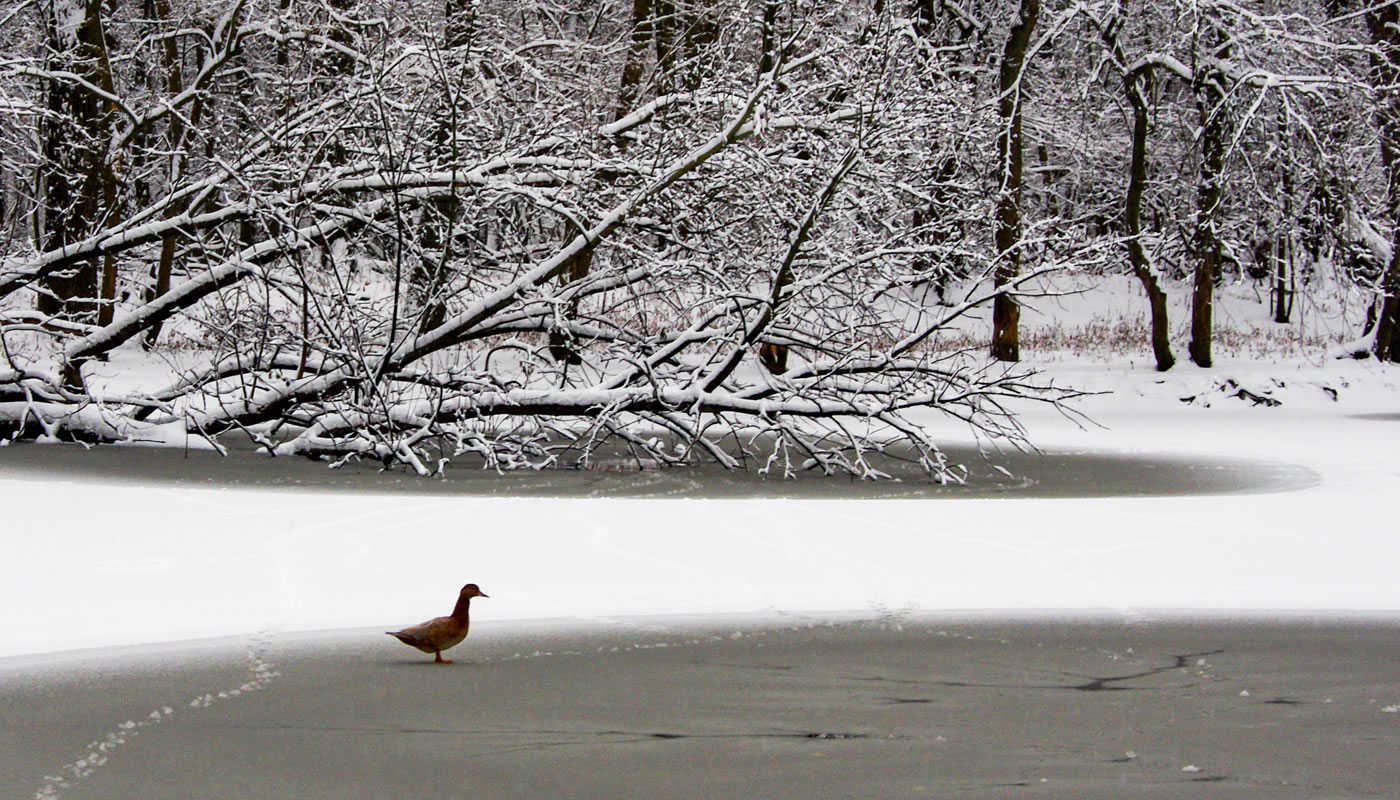Did you know you can #BirdThePreserves all year long! Check out some of the bird species you can spot during a wintertime birding excursion:
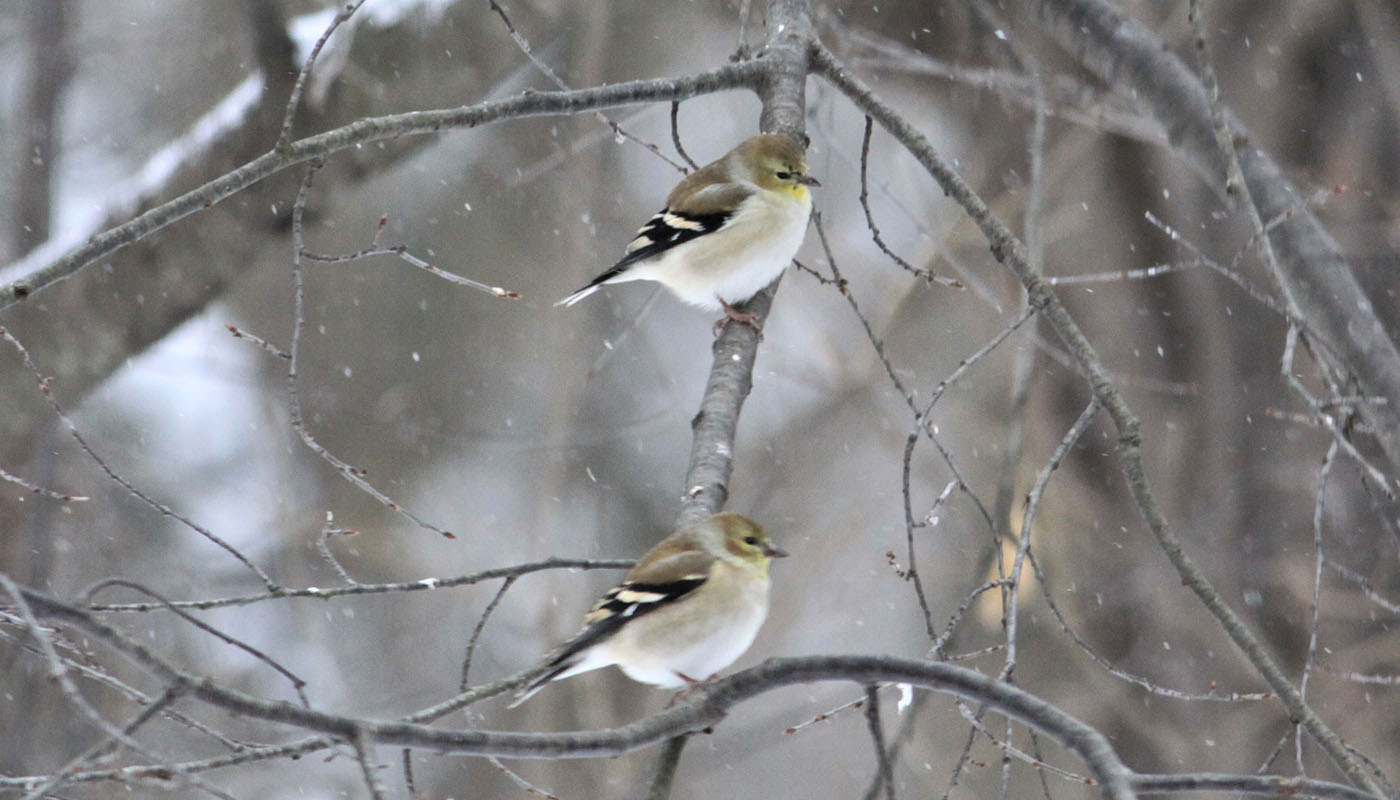
American Goldfinch
The American goldfinch (Spinus tristis)—a yellow finch—is part of the Fringillidae family living within open woodlands. It nests within shrubs close to its source of food. You might spot these bright birds eating the seeds of composite plants such as asters and sunflowers, as well as other plants. American goldfinches consume a diet almost exclusively comprised of seeds.
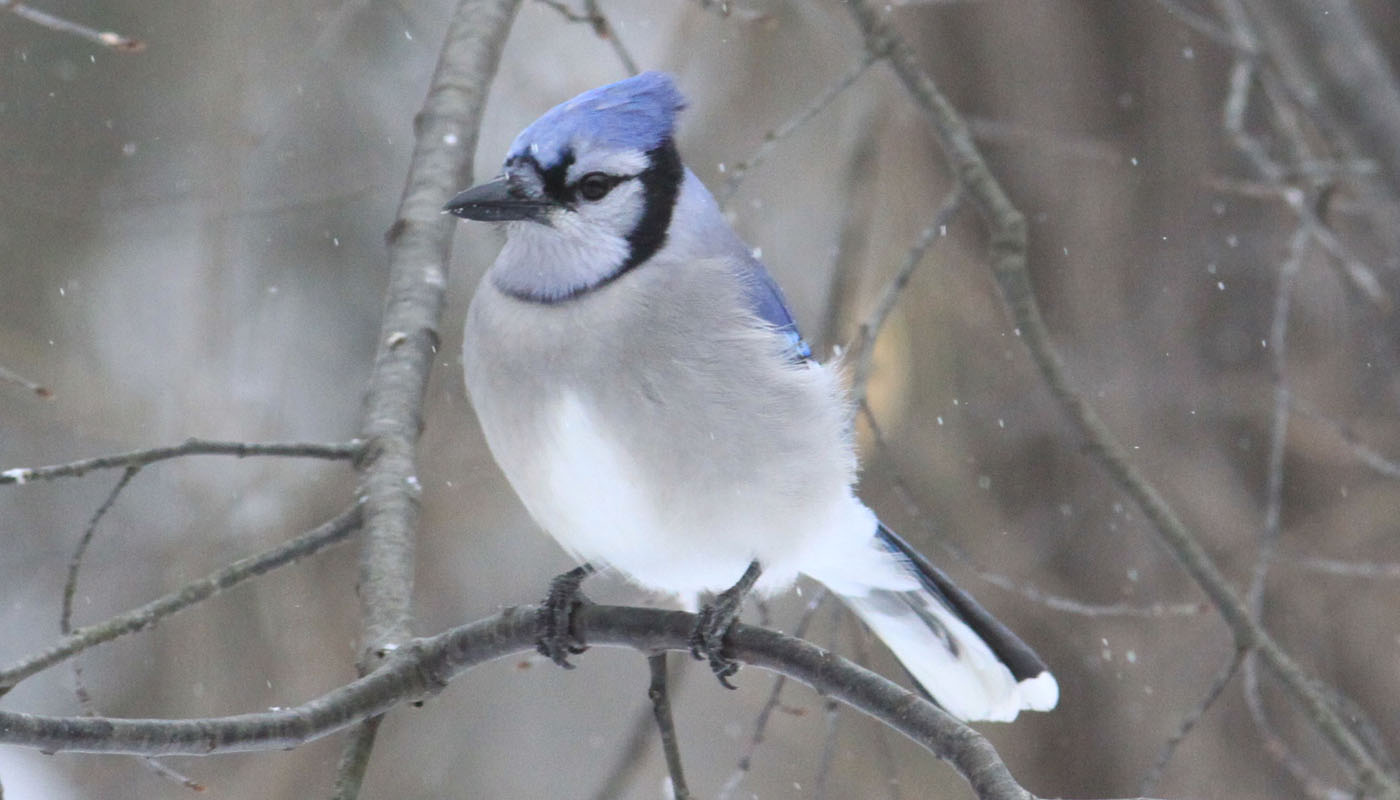
Blue Jay
A songbird easily recognizable by its vibrant color, the blue jay (Cyanocitta cristata) is an intelligent bird common in the Forest Preserves. It’s a part of the Corvidae family, and nests in trees primarily on the edge of forests. For food, they fly to the ground to find food like nuts and insects.
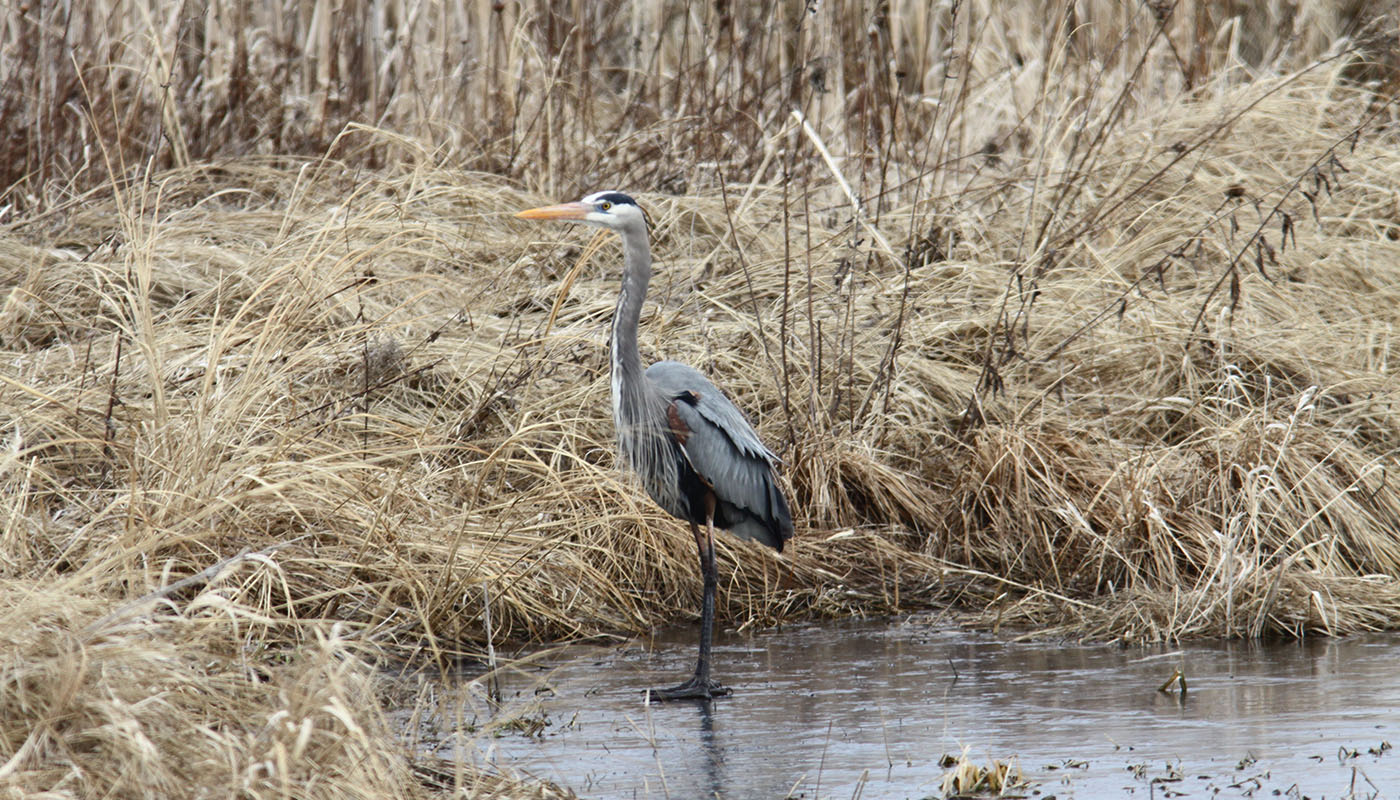
Great Blue Heron
The great blue heron (Ardea herodias), part of the Ardeidae family, is a large bird found in marshes, where it might be spotted hunting for fish, insects, and small mammals. The great blue heron typically nests in trees but also on the ground and artificial nest platforms. These birds can hunt for fish during both day and night because their eyes have a high percentage of rod-type photoreceptors, which provide better night vision.
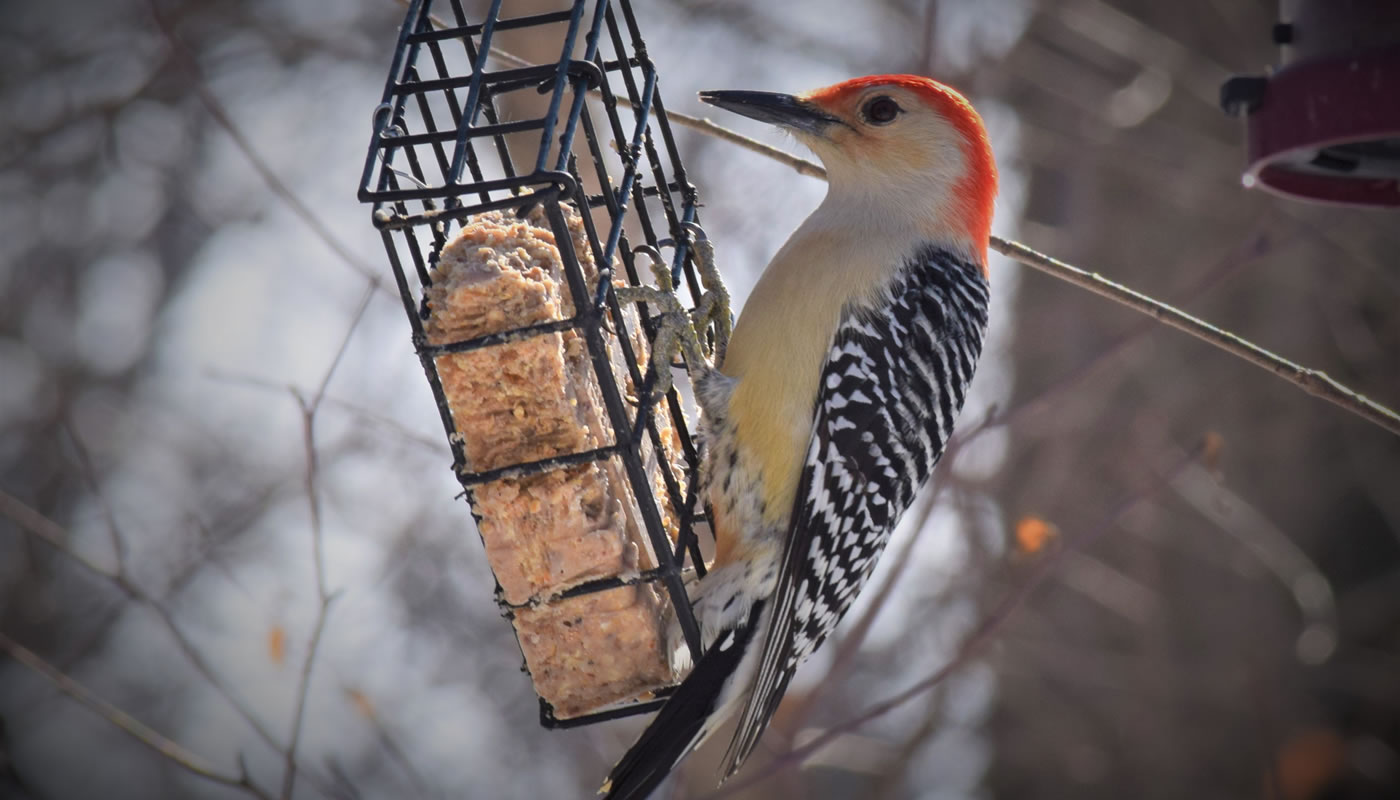
Red-bellied Woodpecker
Contributing to the sounds of the Forest Preserves, the red-bellied woodpecker (Melanerpes carolinus) is a member of the Picidae family and primarily found lingering close to a tree’s branches and trunk. The red-bellied woodpecker’s tongue can extend almost two inches past the beak and can probe deep into crevices. The barbs at the end of the tongue and sticky spit help pull out any prey inside.
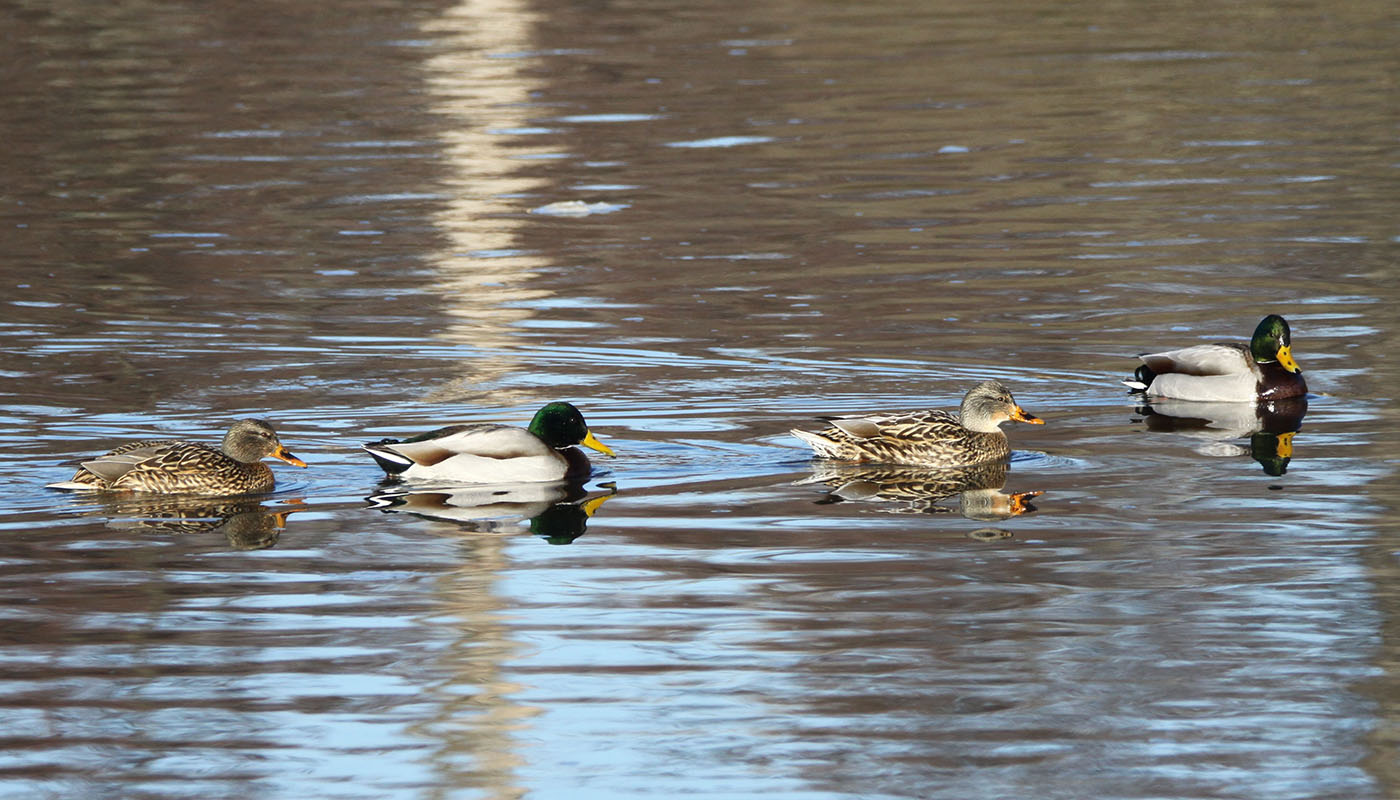
Mallard
A common duck seen throughout North America, the mallard (Anas platyrhynchos) can be spotted in habitats such as marshes and lakes. Part of the Anatidae family, mallards are quick and can fly around 55 miles per hour.

Downy Woodpecker
A tiny yet nimble bird, the downy woodpecker (Dryobates pubescens) is one of the smallest members of the Picidae family and can be found in forests as well as around residential neighborhoods. Commonly confused with the similar-looking hair woodpecker, the downy woodpecker lives in the cavities of trees and has a diet consisting primarily of insects.
Interested in learning more about birding? Check out our schedule of events for guided bird walks, presentations on how to get started, and more! Find a birding checklist and other resources on our Birding webpage.

